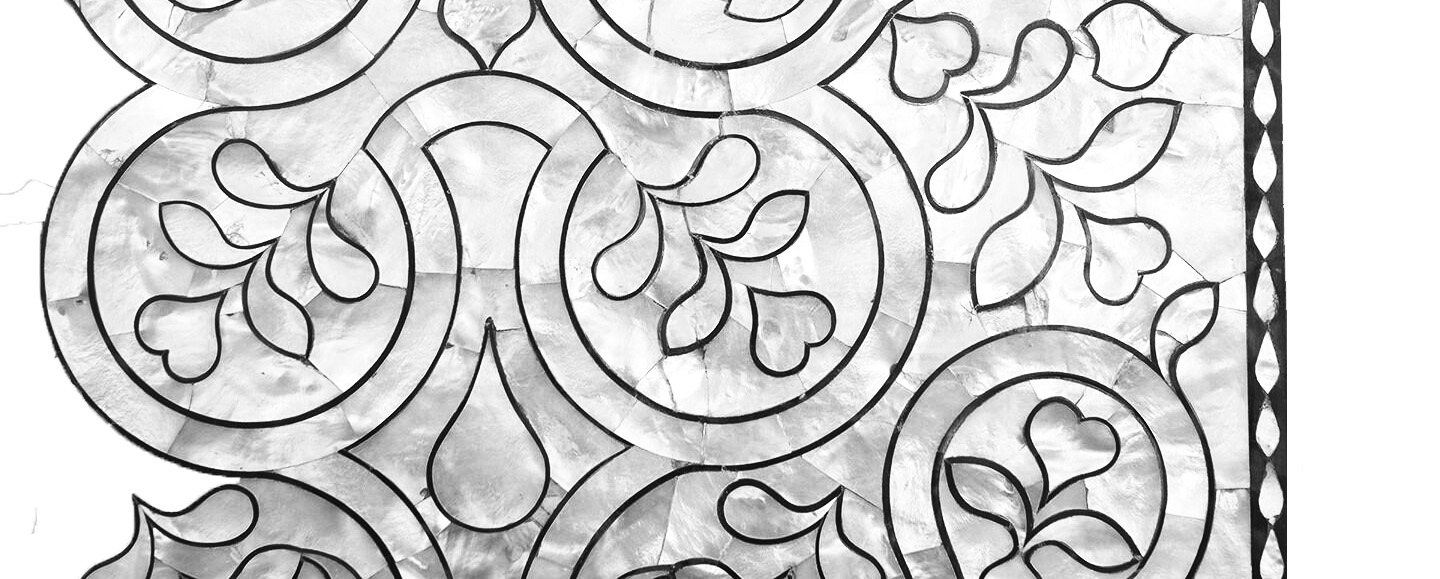This one-handled porringer, by Newporter Jonathan Otis, has an elegant, curvaceous form that was more decorative than functional. Porringers—originally used as something like a cross between a bowl and a cup—fell out of fashion in Britain by the time this porringer was made in the mid 1700s. But porringers remained a popular item in the British North American colonies as a symbolic gift marking important moments—like a christening or a wedding. On objects like tankards and porringers, families would often include genealogical details etched into the silver to mark anniversaries, or to celebrate accomplishments or significant dates.
Otis’s house is also in NRF’s collection of preservation properties, at 109 Spring Street.


